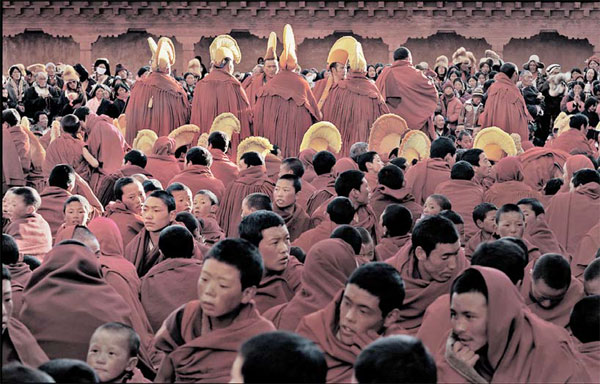Bringing Tibet to the world
Updated: 2014-12-19 09:12
By Mao Xi(China Daily Europe)
|
|||||||||||
A Han photographer has become ambassador for remote region
The Chinese photographer Zeng Yi, who counts penetrating images of Tibetan life among his body of work, says his first encounter with the Tibetan people was not very pleasant.
Zeng says a Tibetan lama was annoyed that he took several photos of a temple without his permission. But that did not stop Zeng from delving deeply into the region and its culture.
|
Zeng Yi's work Devotee. Photos by Zeng Yi / For China Daily |
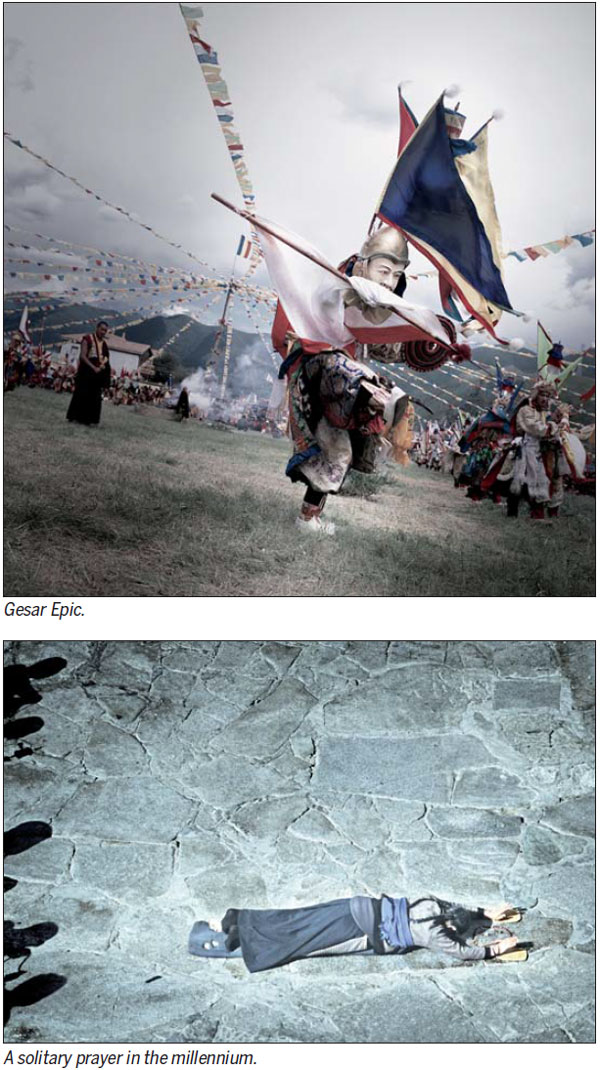
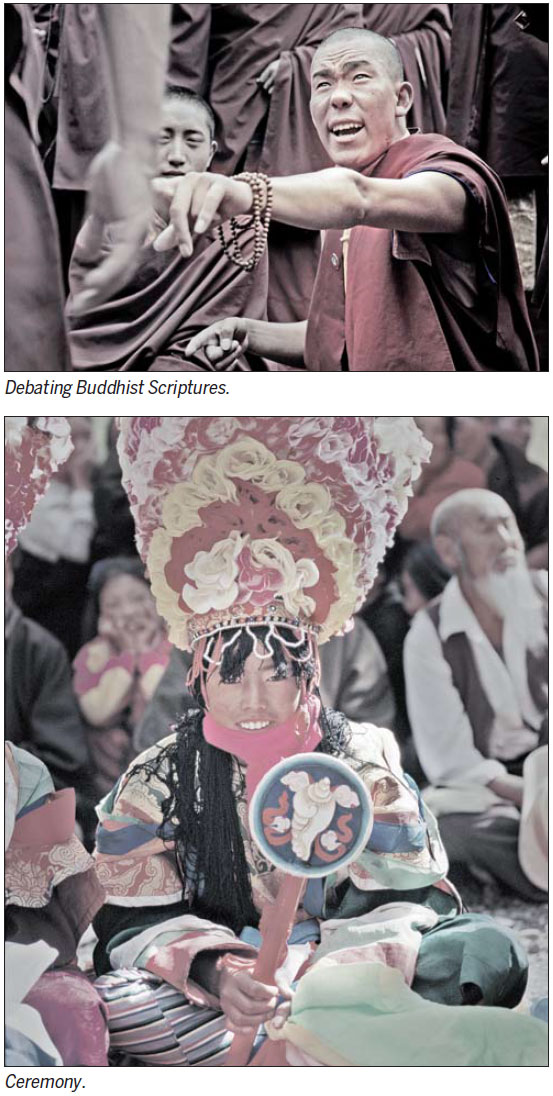
Recently, participants in the 4th Europe China Forum in Brussels enjoyed an exclusive photo exhibition of Tibetan rituals based on Zeng's work. The series of 25 photos included feasts of celebration, prayer festivals and rituals.
Zeng, who is also a documentary director, is based in Chengdu, the capital of Sichuan province in southwest China, which is a doorway to Tibet and other heavily Tibetan areas.
Zeng first got involved with Tibet through a nonprofit project, helping Tibetan schoolchildren in remote areas.
After a few culture shocks and adaptations, he has made friends with Tibetans from all walks of life. A member of China's majority Han ethnicity, Zeng has become somewhat of an ambassador for Tibetan culture. He now visits Tibet at least three times a year.
The visits can be challenging. His Tibetan friends often have to carry him when they climb 4,700-meter Mount Kailash, where, according to legend, the destroyer of ignorance and illusions resides. Temperatures can be extremely low in some areas. Zeng says he sometimes cannot feel his fingers when it drops to -30 C.
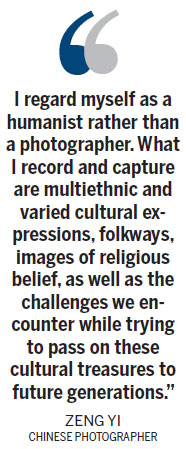
Other difficulties are language, lack of transport to remote areas and long years of waiting for significant events like Tibetan weddings or the ceremonies of reincarnation of the living Buddha.
Zeng says he regards himself as a humanist rather than a photographer. The camera lens is merely a tool that helps him capture the world, including cultural patterns, folkways, religious beliefs and the challenges all civilizations encounter while trying to pass on cultural treasures to future generations.
Once he was invited to a lama's home and enjoyed chatting over Tibetan butter tea. When he was about to leave, Zeng says, the lama pointed at his collection of gold bowls and priceless scriptures and said to him: "You may take whatever you like." To a person from a materialistic urban milieu, it was a shock. He then started to reflect on the significance of life and did not take a thing from the lama.
In Tibet, Zeng says he is often touched by people's devoutness and reverence towards the land, rivers, heaven and God. He is also reminded of the spiritual poverty modern people suffer. He says he often asks himself: How can we pursue a future culturally and spiritually?
While ritual sounds so dispensable and insignificant to most urbanites, he says, "In an era when the gleam of real spirit and faith is often swallowed by the abyss of dollar and desire, the ceremonial concept of ritual brings many thoughts to my mind."
Behind ceremony and ritual, he says he finds an individual's, or the entire Tibetan people's, yearning for a rich and beautiful spiritual life, and their untiring efforts to pass on their cultural inheritance, and their devout faith in virtues.
In a sense, these rituals convey the cultural vitality and strength of a people. In his photographs, he says, he tries to convey this hidden truth.
For China Daily
(China Daily European Weekly 12/19/2014 page29)
Today's Top News
China set to make tracks for Europe
Global net tightened in hunt for Chinese fugitives
Russians flock to stores to pre-empt price rises
Wong Kar-wai: Timeless director who makes time wait
China pledges $3b investment for Europe
Obama to sign Russia sanctions bill, White House says
Beijing condemns Pakistan school attack
Wolfsburg signs China midfielder for 2 1/2 years
Hot Topics
Lunar probe , China growth forecasts, Emission rules get tougher, China seen through 'colored lens', International board,
Editor's Picks

|

|

|

|

|
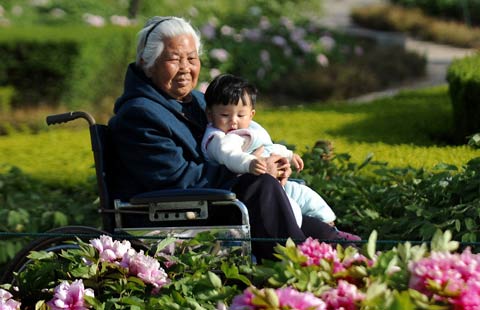
|
